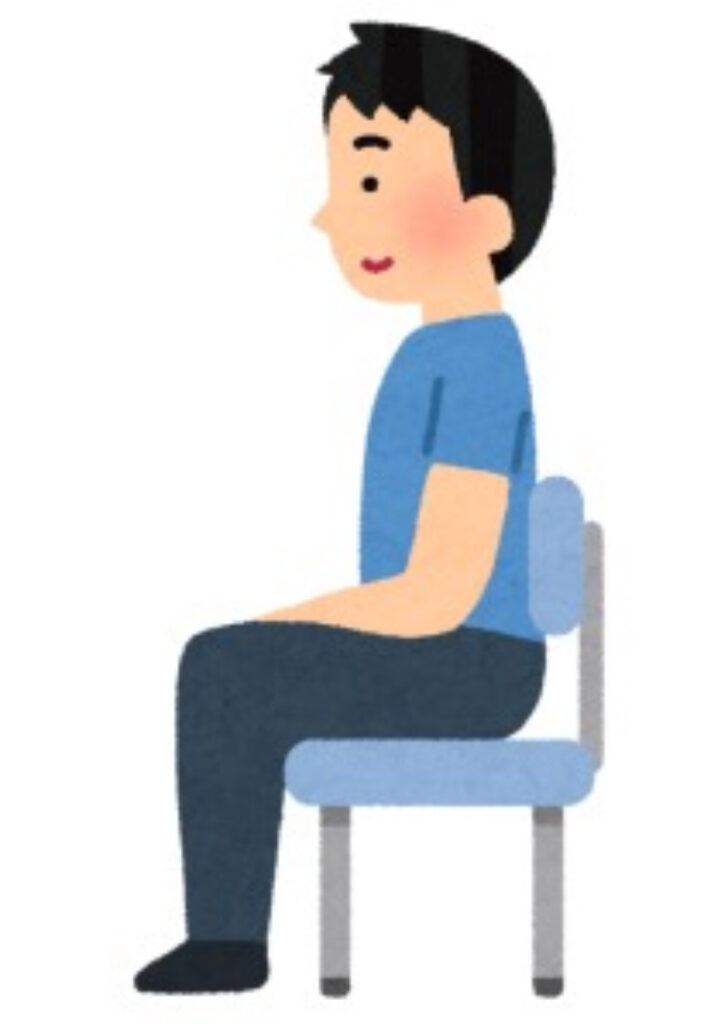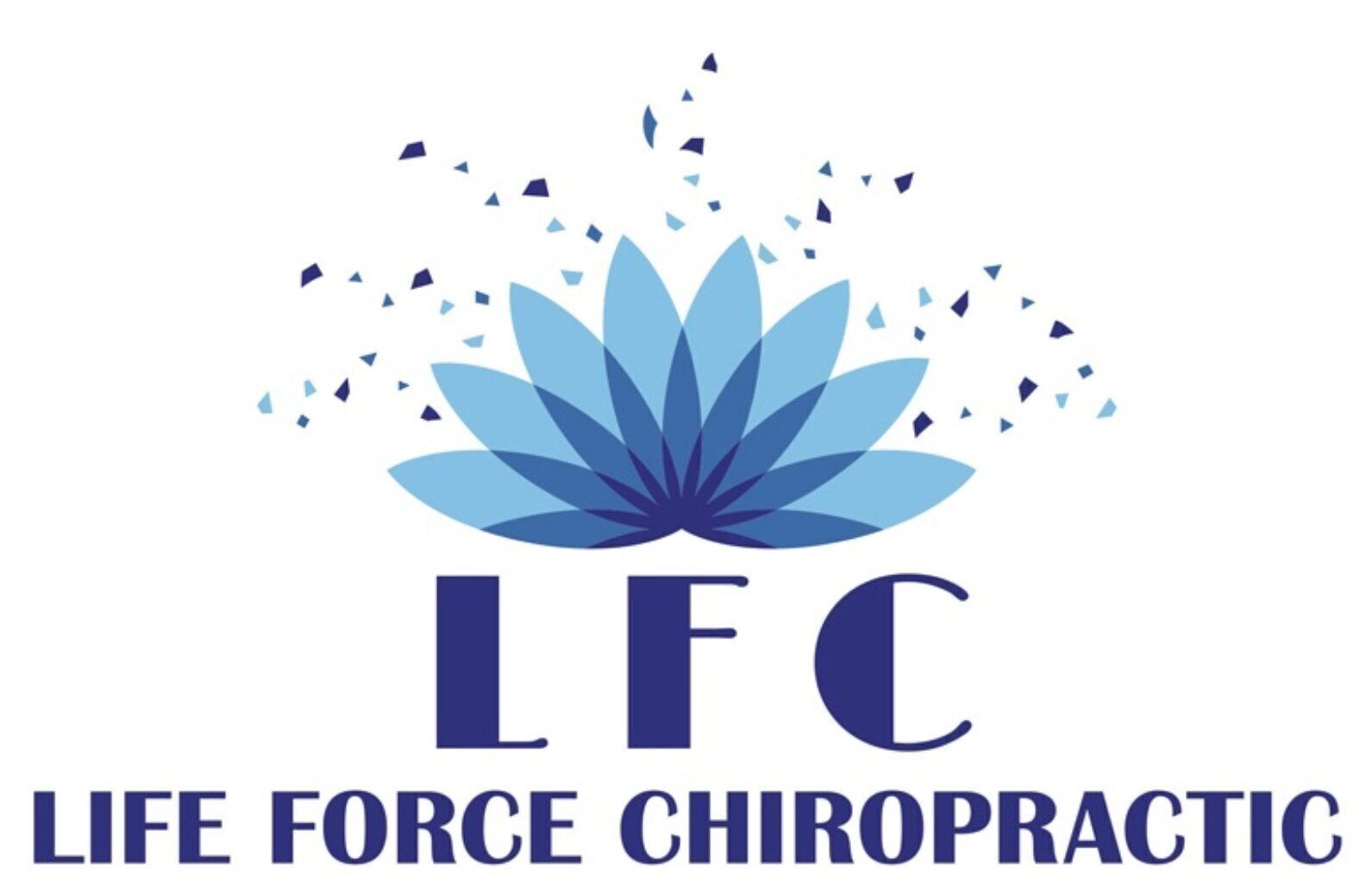Hello everyone! This is Shun from Lifeforce Chiropractic.
In this issue, I would like to tell you about the function of the psoas major muscle and how to stretch it.
The psoas major muscle connects the area known as the femur to the spine and is the muscle that is used to hold an upright posture and to pull the thighs up. When this muscle weakens, the heavy leg cannot be raised high enough. The toes will also drop, and the feet will become worn out. This makes it easier to stumble over small bumps, which can lead to falls and fractures. Since the psoas major is a deep muscle in the body, there are no exercises that can strengthen it alone. However, exercises that simultaneously strengthen the abdominal and lower body muscles and the psoas major can maintain and improve muscle strength. Since the psoas major muscle is central to the human body's ability to stand and walk, training it can help prevent falls, as well as prevent and improve lower back pain.
The psoas major muscle stretches when you stand and contracts when you sit. If we spend a lot of time sitting, the psoas muscles are fixed in their most contracted state for a long time. The more the muscles remain immobile, the more rigid and stiff they become, so it is necessary to move them to avoid stiffening.
If the psoas muscles contract and become tight, the pelvis is pulled forward and the spine attached to the pelvis tilts forward together. However, since the body will fall over if it remains as it is, the body tries to somehow keep its balance by stretching the back muscles. If the spine is stretched while the pelvis is tilted forward, the chest and buttocks protrude, and the hips are in a warped posture. This is a condition called "warped back," which places a heavy burden on the lower back and is one of the causes of lower back pain.
Since the psoas major muscle is located at the center of the human body and forms the hip joint, training it has the effect of stabilizing the body's overall balance. In this age when core training is popular, training the psoas major muscles will reduce blurring of the torso and help prevent injury.
After one's thirties, the body's basal metabolism (the energy it uses to sustain life, even when sleeping) is going down. After that, if you do nothing, your muscles will lose 1% per year. If you strengthen the "psoas major muscle," the key to beautiful posture, through muscle training and stretching, you will not only be able to maintain a straight posture, but you will also be able to use all the muscles in your body correctly.
Stretches that can be done in the standing position
1. In a standing position, place your hands on your hips and pull your chin back.
2. Keeping the chin pulled back, slowly and significantly bend the upper body backward.
This is the same movement used in radio calisthenics, in which the body is bent backward. Be sure to pull back your chin, and do not use any momentum. It is better to do it while monitoring the pain in your back as much as you can.
Stretches that can be done in a seated position
1. Sit on a chair and place your hands on your knees.
2. While exhaling, slowly roll your body forward.
3. Stop just before you feel pain in your lower back and hold the posture for 3~5 seconds.
4. Slowly return the body to its original position.
posture
It is also necessary to correct posture on a daily basis.
Sitting in a chair is especially important.
Sitting with the hips shallow and the back resting on the backrest so that the hips float not only increases tension in the psoas major muscles, but also increases strain on the lumbar spine. Be aware to sit with your spine as straight as possible and sit with your hips deep if possible.

